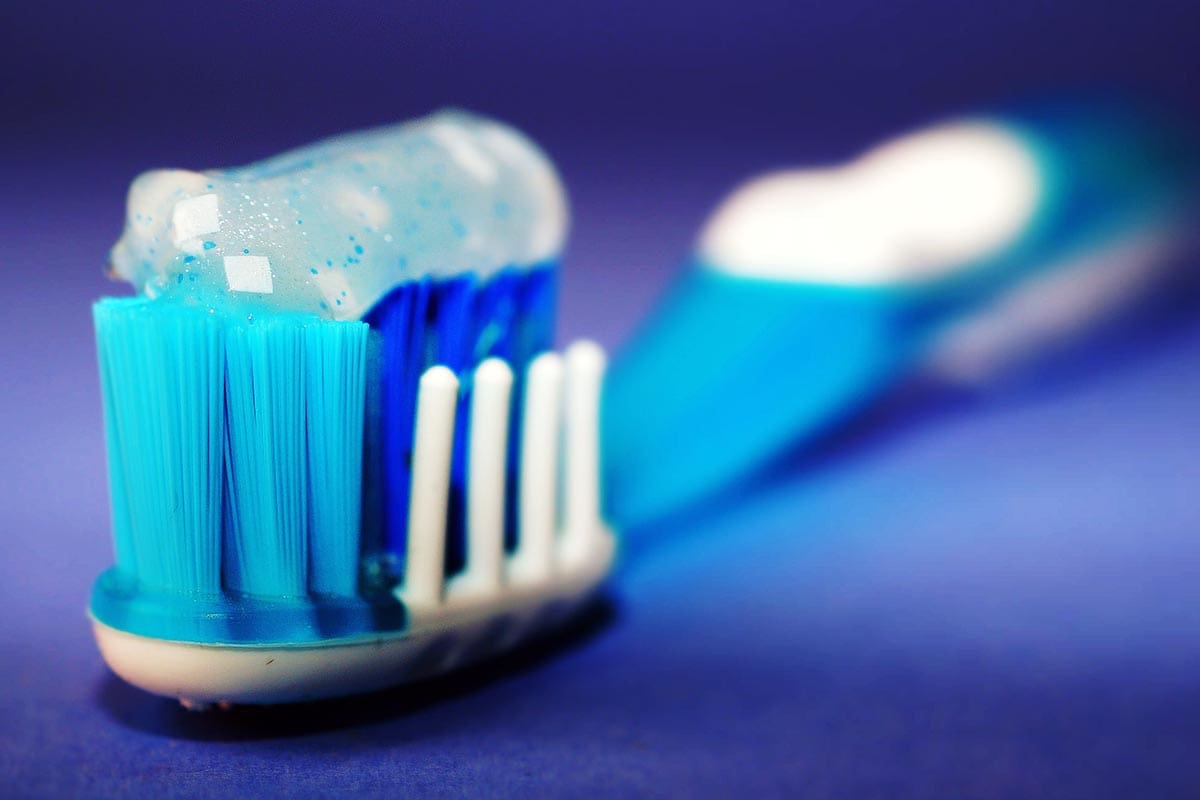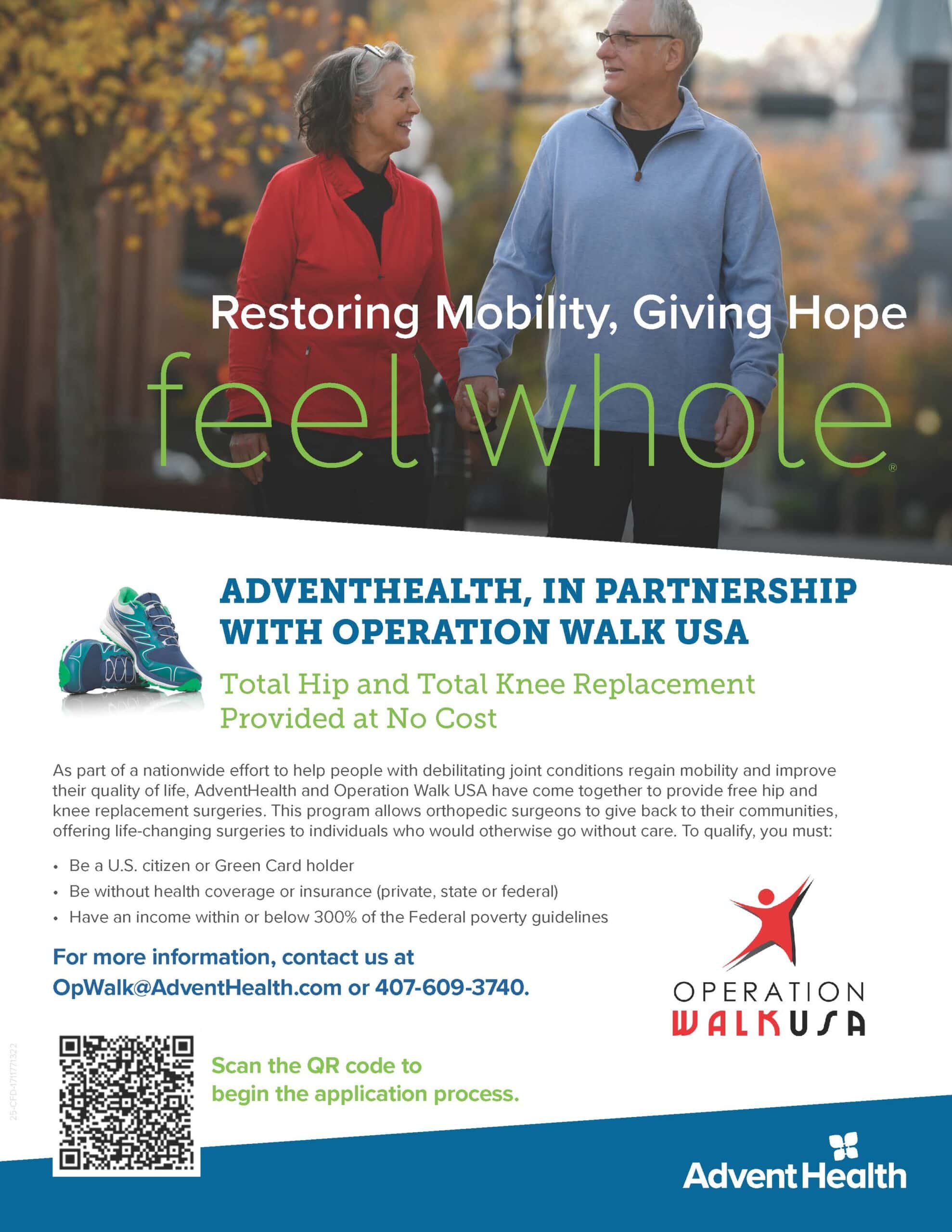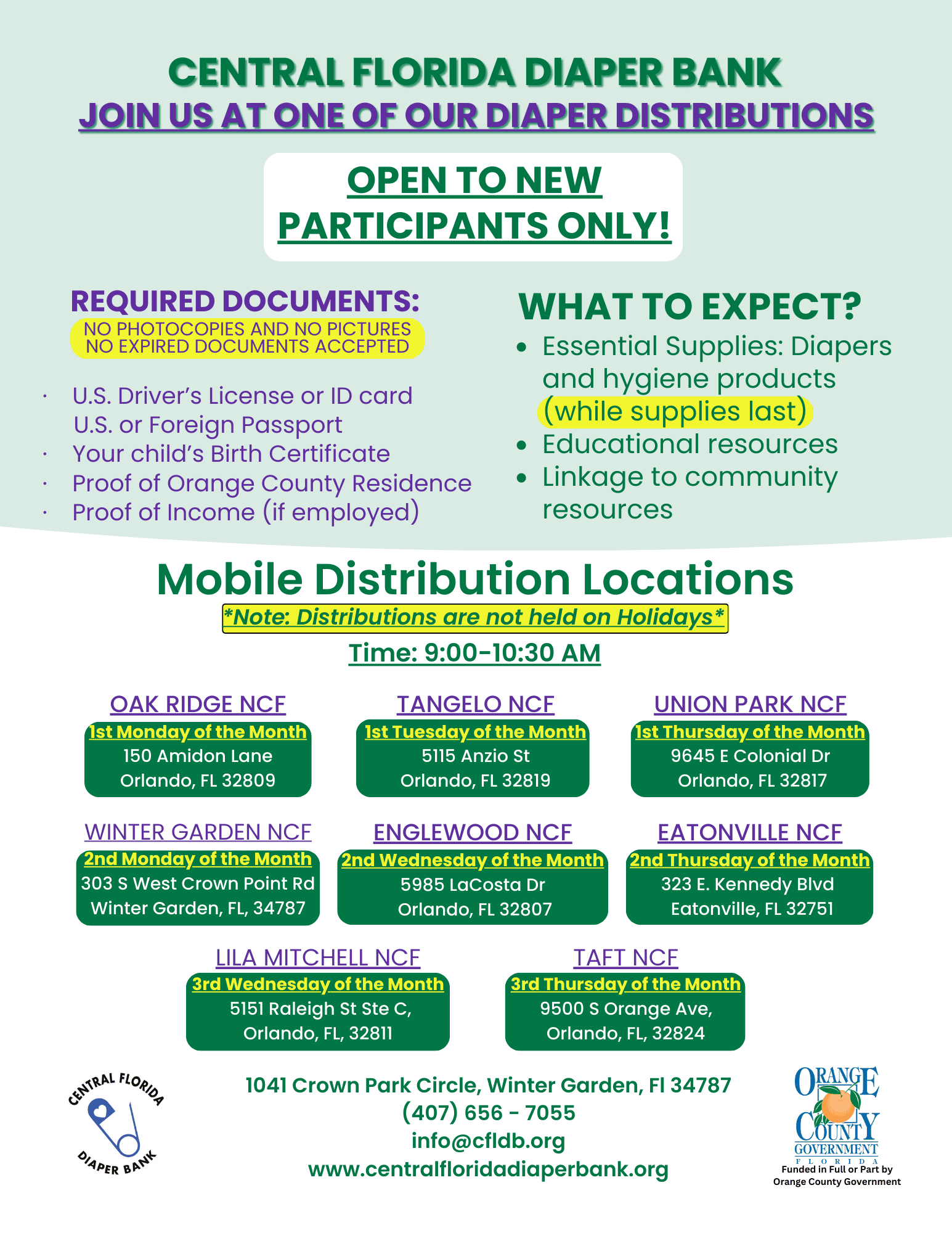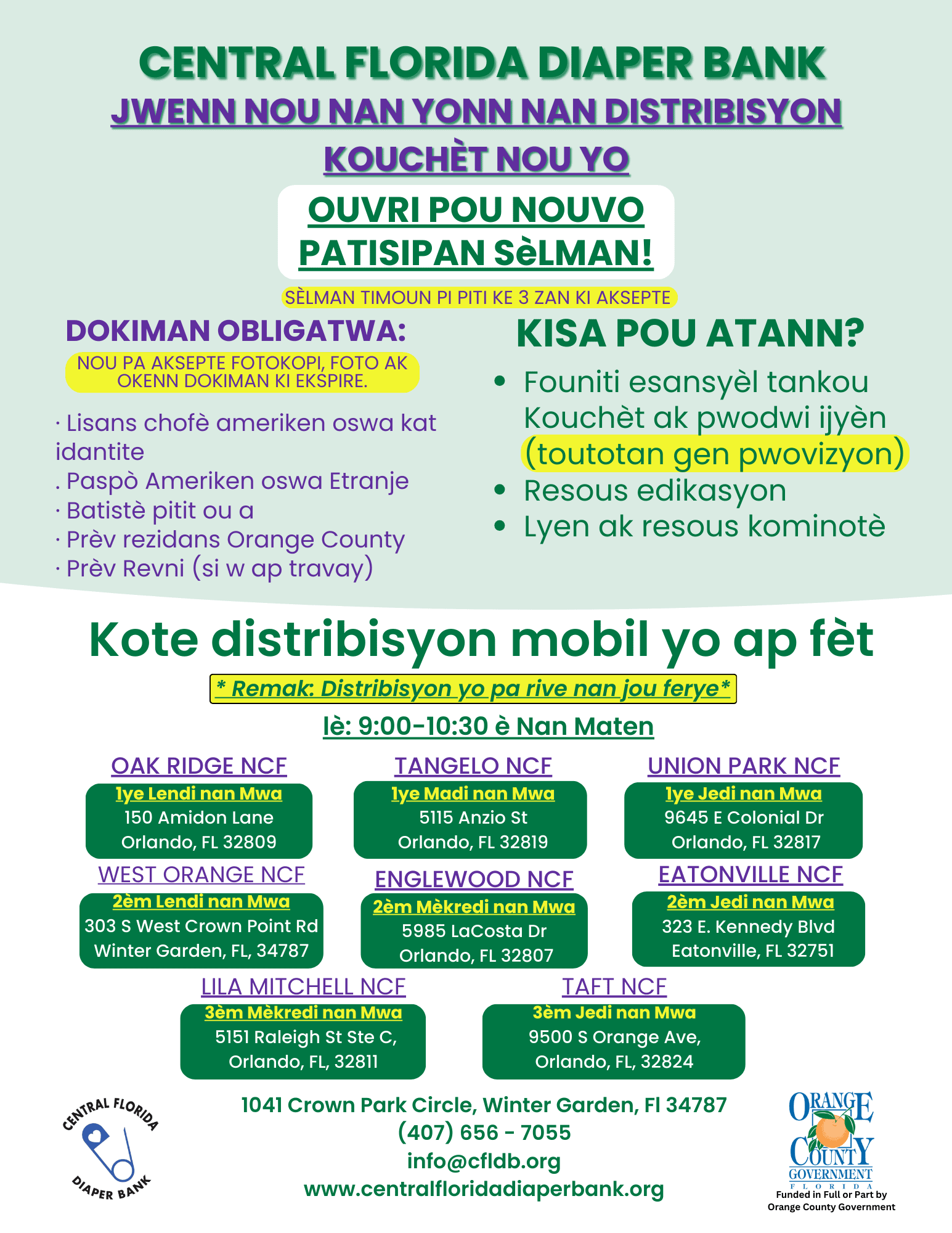Brush Up on Dental Health Basics

Proper Dental Care is Essential
There is nothing worse than a toothache, am I right?? Oral health is very important for overall health and wellbeing, at every age! Keeping up with the correct preventative care techniques and appointments can help you avoid dental problems for years to come. Brush up on the basics from the experts at the Mayo Clinic:
1. Brush your Teeth Twice a Day
Use a fluoride toothpaste and a soft-bristled toothbrush that fits your mouth comfortably. Consider using an electric or battery-operated toothbrush, which can reduce plaque and a mild form of gum disease (gingivitis) more than does manual brushing. These devices are also helpful if you have arthritis or other problems that make it difficult to brush effectively.
When you brush, don’t rush! Hold your toothbrush at a slight angle — aiming the bristles toward the area where your tooth meets your gum. Gently brush with short back-and-forth motions. Take your time to brush the outside, inside and chewing surfaces of your teeth, as well as your tongue.
Keep your equipment clean. Always rinse your toothbrush with water after brushing. Store your toothbrush in an upright position and allow it to air-dry until using it again. Try to keep it separate from other toothbrushes in the same holder to prevent cross-contamination. Don’t routinely cover toothbrushes or store them in closed containers, which can encourage the growth of bacteria, mold and yeast.
Know when to replace your toothbrush. Invest in a new toothbrush or a replacement head for your electric or battery-operated toothbrush every three to four months — or sooner if the bristles become irregular or frayed.
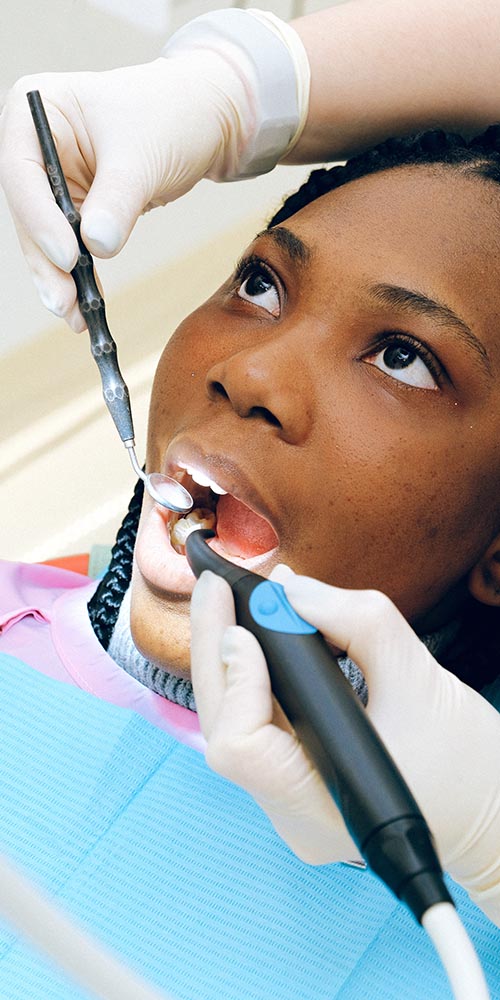

2. Flossing for Oral Health
You can’t reach the tight spaces between your teeth and under the gumline with a toothbrush. That’s why daily flossing is important. When you floss:
Don’t skimp. Break off about 18 inches (46 centimeters) of dental floss. Wind most of the floss around the middle finger on one hand, and the rest around the middle finger on the other hand. Grip the floss tightly between your thumbs and forefingers.
Be gentle. Guide the floss between your teeth using a rubbing motion. Don’t snap the floss into your gums. When the floss reaches your gumline, curve it against one tooth.
Take it one tooth at a time. Slide the floss into the space between your gum and tooth. Use the floss to gently rub the side of the tooth in an up-and-down motion. Unwind fresh floss as you progress to the rest of your teeth.
Keep it up. If you find it hard to handle floss, use an interdental cleaner — such as a dental pick, pre-threaded flosser, tiny brushes that reach between teeth, a water flosser or wooden or silicone plaque remover.
3. Use Mouthwash Containing Fluoride to Promote Oral Health
It’s really up to you on how you choose to use your mouthwash, whether before or after you brush your teeth. Your mouthwash is helping break up plaque particles, which increases the change your toothbrush will scrub it away. Using mouthwash after you brush also helps make sure all of the scrubbed off residue and plaque is out of your mouth. And, if you choose to not rinse out your mouth after using mouthwash, it will help disinfect for a longer amount of time.


4. Visit the Dentist at Least Every 6 Months
To prevent gum disease and other oral health problems, schedule regular dental cleanings and exams. In the meantime, contact your dentist if you notice any signs or symptoms that could suggest oral health problems, such as:
- Red, tender or swollen gums
- Gums that bleed when you brush or floss
- Gums that begin pulling away from your teeth
- Loose permanent teeth
- Changes in the way your top and bottom teeth align with each other
- Unusual sensitivity to hot and cold
- Persistent bad breath or an unusual taste in your mouth
- Changes in the way your dentures or partial dentures fit
- Difficulty swallowing
- Mouth ulcers or sores that don’t heal
Remember, early detection and treatment of problems with your gums, teeth and mouth can help ensure a lifetime of good oral health.

